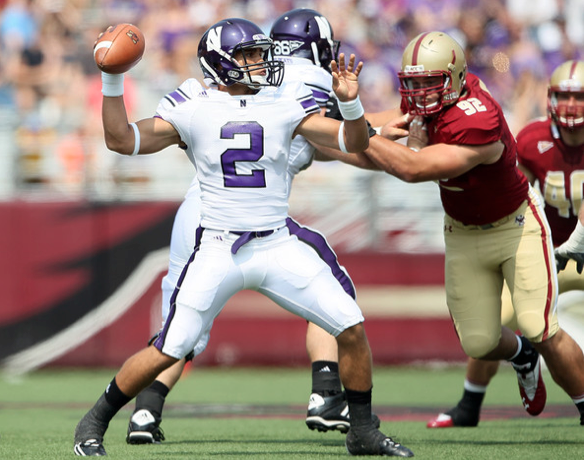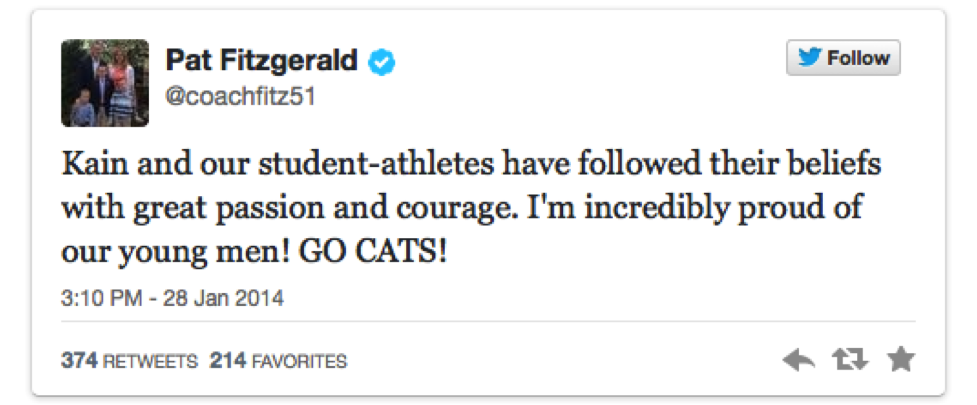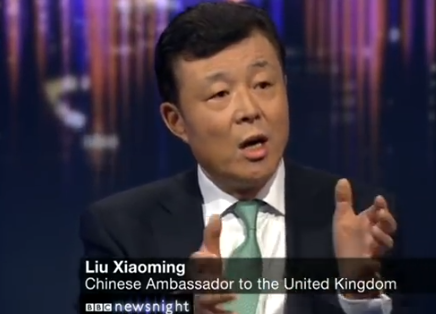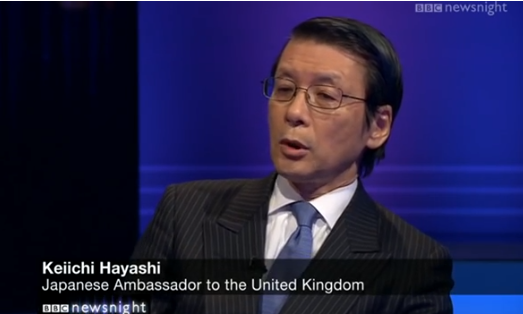For much of U.S. history, public education has been regarded by policymakers and citizens alike as a local affair. Each community presumably has known best how to educate its children, and, as a consequence, states and localities have held primary responsibility for building schools, hiring teachers, developing curricula, and determining standards for evaluation. Even as the Federal Government has played a greater role in primary and secondary education since the 1960s, presidents have continued to defer to states and localities. In the mid-1960s, as he advocated for federal funds for public education, President Lyndon Johnson reassured his audiences that “federal assistance does not mean federal control.” Nearly four decades later, as he called for standards, testing, and accountability in public education, President George W. Bush located agency at the state and local levels: “the agents of reform must be schools and school districts, not bureaucracies.”
It is in this context, then, that the movement for Common Core academic standards has proceeded as a remarkable development in U.S. education policy—remarkable because, until recently, this drive for uniform academic standards across states has proceeded without controversy. Movement toward a common core began in the wake of the 2001 No Child Left Behind Act, which required annual testing of students in exchange for federal funding, as a problem arose in the uneven testing standards instituted by various states. Some states adopted fairly low standards, while other states adopted higher standards. To redress these disparities, a bipartisan group of governors and educators urged development of the Common Core—a voluntary set of standards in math and reading for K through 12 students.
Remarkably, with little fanfare, 45 states (including Wisconsin) adopted these standards. In a 2010 press release announcing the adoption, Wisconsin State Superintendent Tony Evers commented that “these standards are aligned with college and career expectations, will ensure academic consistency throughout the state and across other states that adopt them, and have been benchmarked against international standards from high-performing countries.”
The adoption of Common Core standards had proceeded shockingly smoothly—until recently. Within the last year, a movement against the Common Core has arisen in a handful of states (including Wisconsin). Critics of the Common Core have rebuked the initiative as a federal takeover of public education. In January 2014, Gov. Scott Walker got involved, expressing a willingness to reconsider Wisconsin’s participation in the Common Core. Walker asserted that “there’s got to be a way for us to put our fingerprints on it.” He insisted that “the standards we have in the state should be driven by people in Wisconsin.”
What is surprising about these arguments against the Common Core is not their content but their timing. Fears of a federal takeover of public education and calls for state-specific—and locale-specific—curricula have been around for decades. Critics of an ostenbily national curriculum largely remained silent when President George W. Bush called for testing and standards in 2001; they did not object loudly when the Wisconsin Department of Public Instruction adopted the Common Core in 2010. A deep suspicion by some political groups of the current administration seems to explain much of this newfound opposition, as do the political aspirations of some elected officials.
The political distrust and gamesmanship seemingly driving the opposition to the Common Core is unfortunate, because an argument for modifying the Common Core in the name of local communities could benefit public education. But this would require opponents of the Common Core to employ a different frame, one that points to the resonance between the bi-partisan adoption of the Common Core and the bi-partisan invocation of the market as the basis of education reform. For instance, as President Obama reaffirmed his predecessor’s attention to standards and testing, Obama pointed to economic competition as the reason why the nation needed educational excellence: “countries that out-educate us today will out-compete us tomorrow.” Obama proclaimed that “the currency of today’s economy is knowledge.”
An objection to the Common Core voiced in the name of states and local communities could call for a reorientation of education with democracy rather than the market. This sort of objection would not rely on fear or cynicism, but it would urge policymakers, educators, and citizens to reflect on the ways that schools may bolster students’ civic competencies so that they may act meaningfully as democratic agents in their communities. These sort of objection would see schools not only—and perhaps not primarily—as training grounds for workers, but as vital centers of learning and engagement in local communities. Standards, in and of themselves, would not raise concerns—rather, advocates would object to standards that comport with an accountability regime that measures success in terms of the market and treats schools like private enterprises competing for students as customers. This objection would envision the nation’s “common core” through the democratic heritage of ordinary folks who have worked to inspire their neighbors to realize the vision of “we the people.” And communication in its multiple forms—as deliberation, protest, commemoration, persuasion, and more—would play a key role.





















